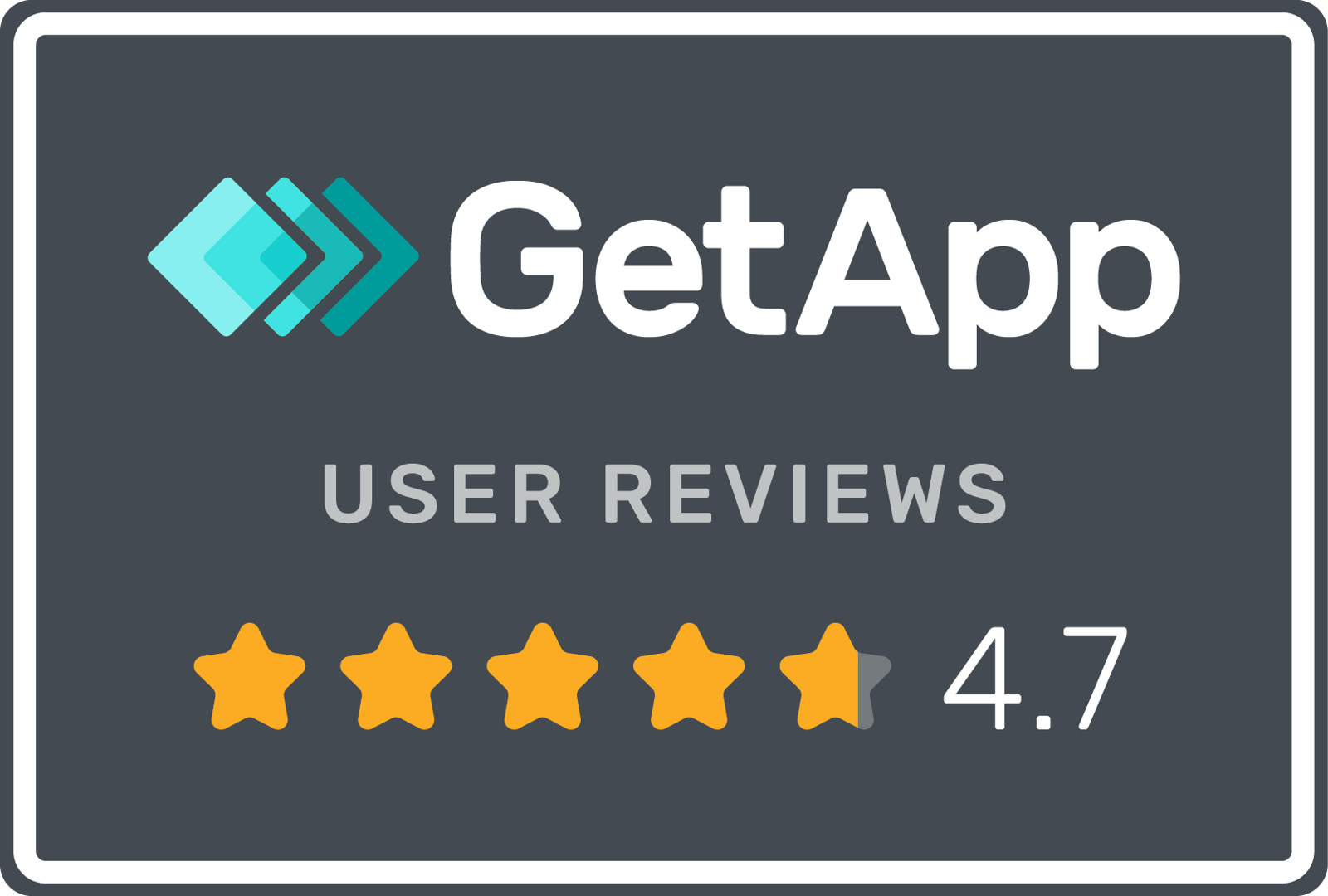Stupid Cancer Centralizes Reporting and Saves Time With Klips
Acclaimed nonprofit cancer support network Stupid Cancer needed a new reporting approach after juggling data across many platforms. With Klipfolio Klips, the team aggregated key metrics into a single, continuously updating interface, saving time, improving visibility, and streamlining reporting across core functions.

Hospitals & Health Clinics
Unified Reporting
Choosing Klipfolio Klips as a KPI monitoring solution comes with clear benefits: it unifies disparate data in one place, provides insights in real time, and speeds up report and presentation prep. For Stupid Cancer, Klips was an ideal fit not just because of its capabilities and ease of use, but also because it delivered strong value within a nonprofit budget. The team used Klips to build dashboards that supported multiple parts of the organization.
Introducing Stupid Cancer
Stupid Cancer is a nonprofit dedicated to supporting and empowering young adults affected by cancer. Founded in 2007 by survivor Matthew Zachary, the organization was created to address a critical gap in resources for patients aged 15 to 35, a group often overlooked by traditional programs.
Today, the organization fills this essential niche by providing one of the largest peer support networks for young cancer survivors. Programs range from local meetups and online forums to social media communities and a digital radio show, all designed to help young adults feel less alone during and after treatment.
Stupid Cancer’s impact has been recognized publicly. Its co-founder and Director of Social Media, eCommerce, and Supply Chain, Kenny Kane, received the YNPN New York City Nonprofiteer of the Year title in 2013.
As the organization grew, so did operational complexity. Stupid Cancer was juggling disconnected data across social channels, sales platforms, and a small but important supply chain. With information scattered across multiple sources, Kenny and the team decided it was time to move to a centralized system that could unify their data.
An easy, affordable, accessible reporting solution
Like many nonprofits, Stupid Cancer needed a reporting tool that was powerful yet budget-friendly. After exploring options, they found Klipfolio’s real-time dashboard solution, Klips, through a recommendation from a friend. It proved to be a great match: easy to use, feature-rich, and priced within reach.
Because Kenny had experience working with XML and web-accessible data sources, getting started with Klips was simple. He built dashboards quickly and took full advantage of the platform’s capabilities.
The team also appreciated Klipfolio’s personable support. A dedicated specialist provided one-on-one guidance, answered platform questions, and helped with initial setup.
How Stupid Cancer Uses Klips
Stupid Cancer relies on Klips to bring data from across the organization into a single, easy-to-use dashboard organized by function.
Finance
- Donations
- Revenue
- Expenses
- Campaign performance
Store
- Revenue per month
- Shipping costs
- Sales tax
- Orders shipped per state
Social
- Facebook, Instagram, and Twitter followers
- Website visitors
- Mailing list subscribers
Operations
- Zendesk open and closed tickets
- Customer feedback
Conference
- Conference attendees
Outreach
- Literature pieces published
- Recipients reached
- Send frequency
The Outreach tab is especially important, helping the team track how educational materials are used by hospitals. This visibility supports smarter inventory management, impact measurement, and planning for future distributions.
Looking ahead, the team plans to integrate SoundCloud data into Klips to analyze listenership for the online radio show.
How Klips Saves Time
A major time-saver is Klips’ ability to maintain continuous connections to data sources. With live connections, the team sets them up once and can trust that what they are seeing is current and reliable.
"Think of how impressive it is to open the dashboard and have all your data flash, update, and populate."
Kenny Kane, Co-Founder, Stupid Cancer
For a fast-moving nonprofit like Stupid Cancer, this made meeting prep far more efficient. With real-time insights available 24/7, the team no longer spends hours gathering and formatting data before updates or presentations.

Streamline Reporting With Klips
As Stupid Cancer proved, Klips is a strong support tool for growing organizations. By giving teams real-time visibility into critical metrics, Klips helps reduce manual work and free up time for what matters most.
With nonprofit-friendly pricing, an intuitive interface, and dedicated one-on-one support, Klips delivers real value without straining resources.
Let Klips empower your organization the way it empowered Stupid Cancer.
Strength in numbers. And in stars.
We love what we do. And so do our customers.




